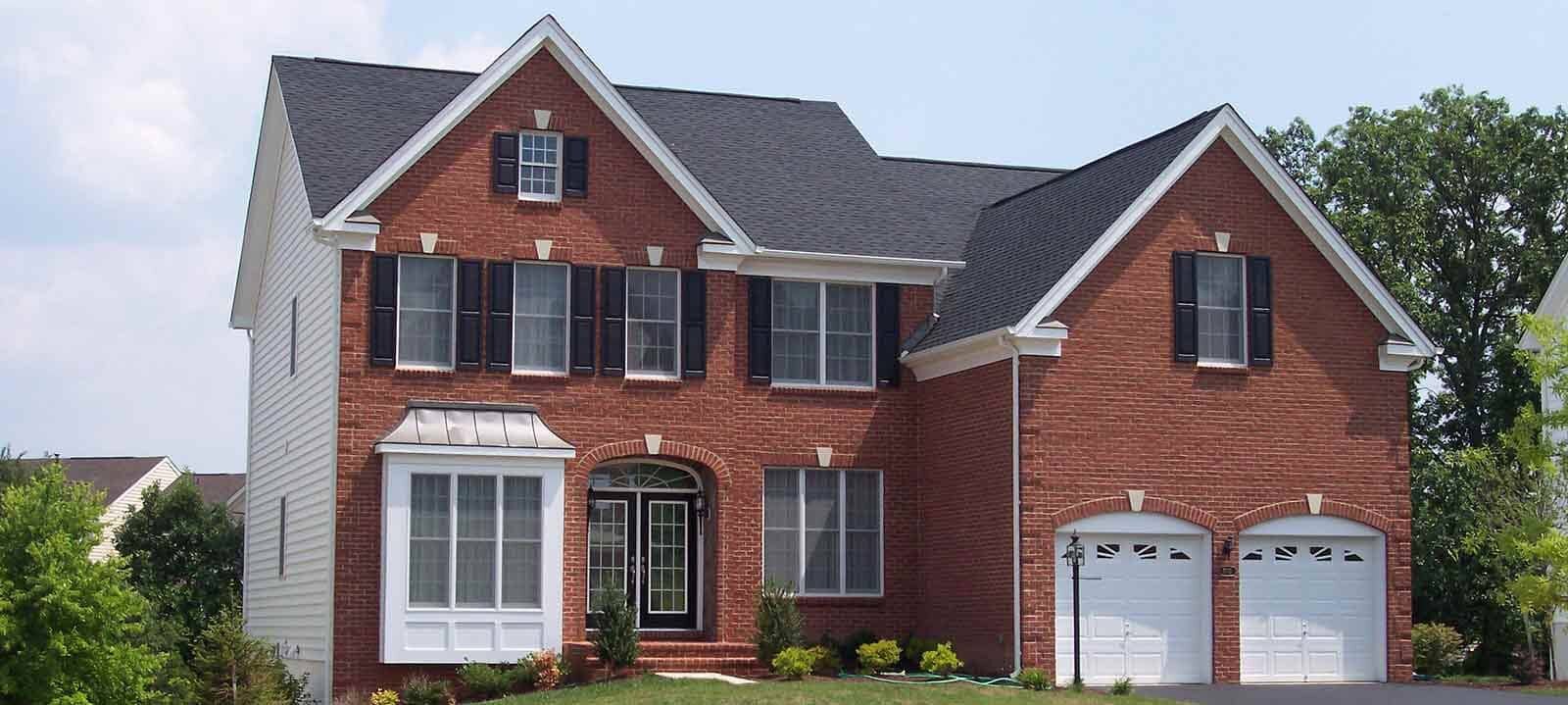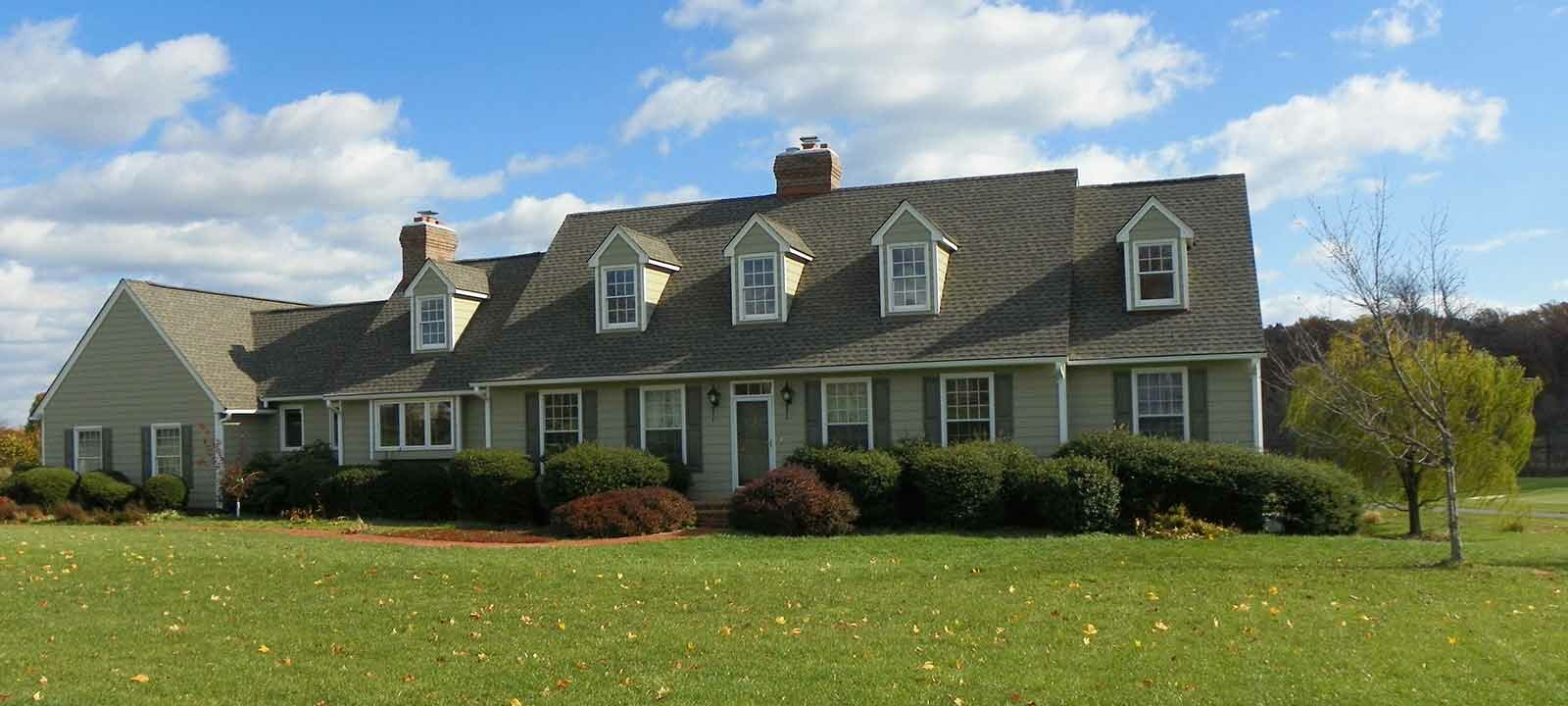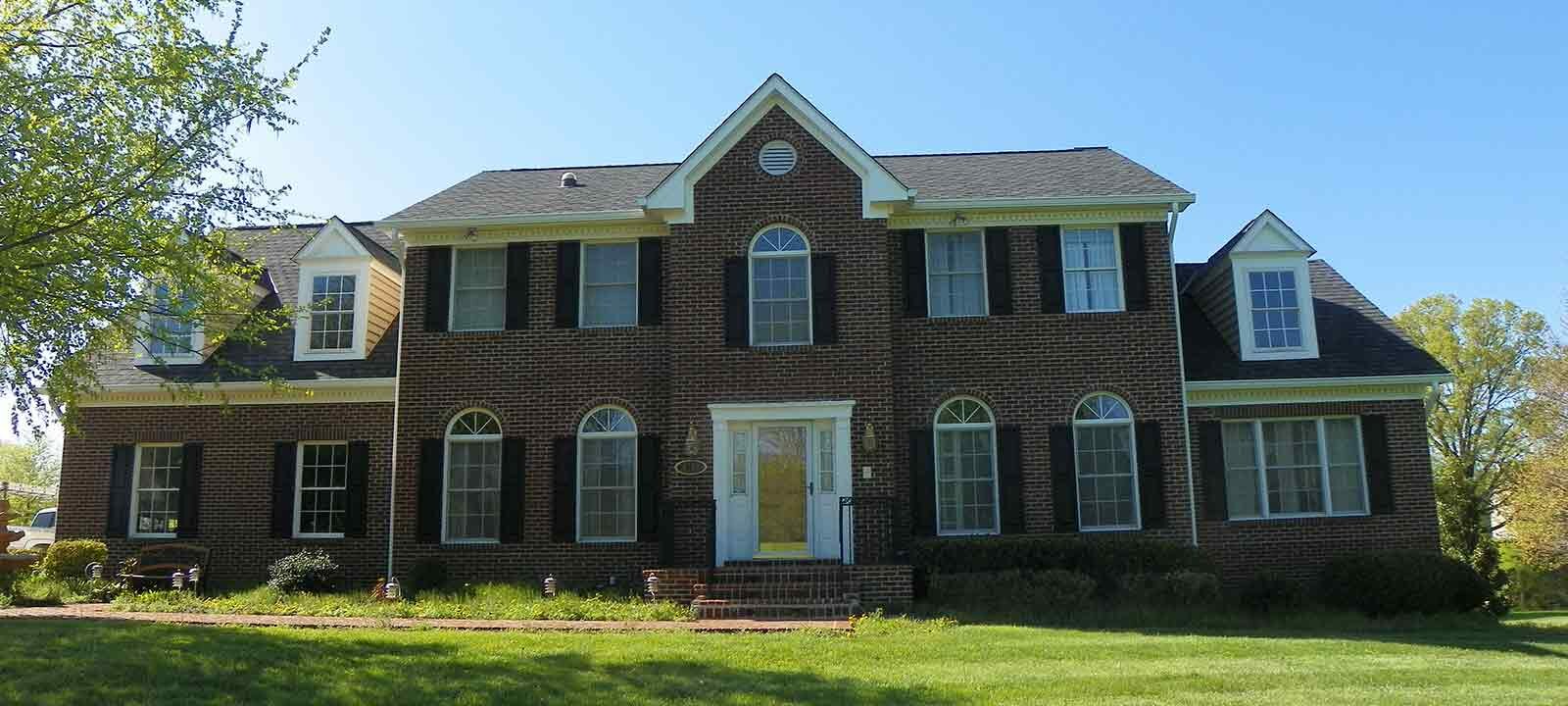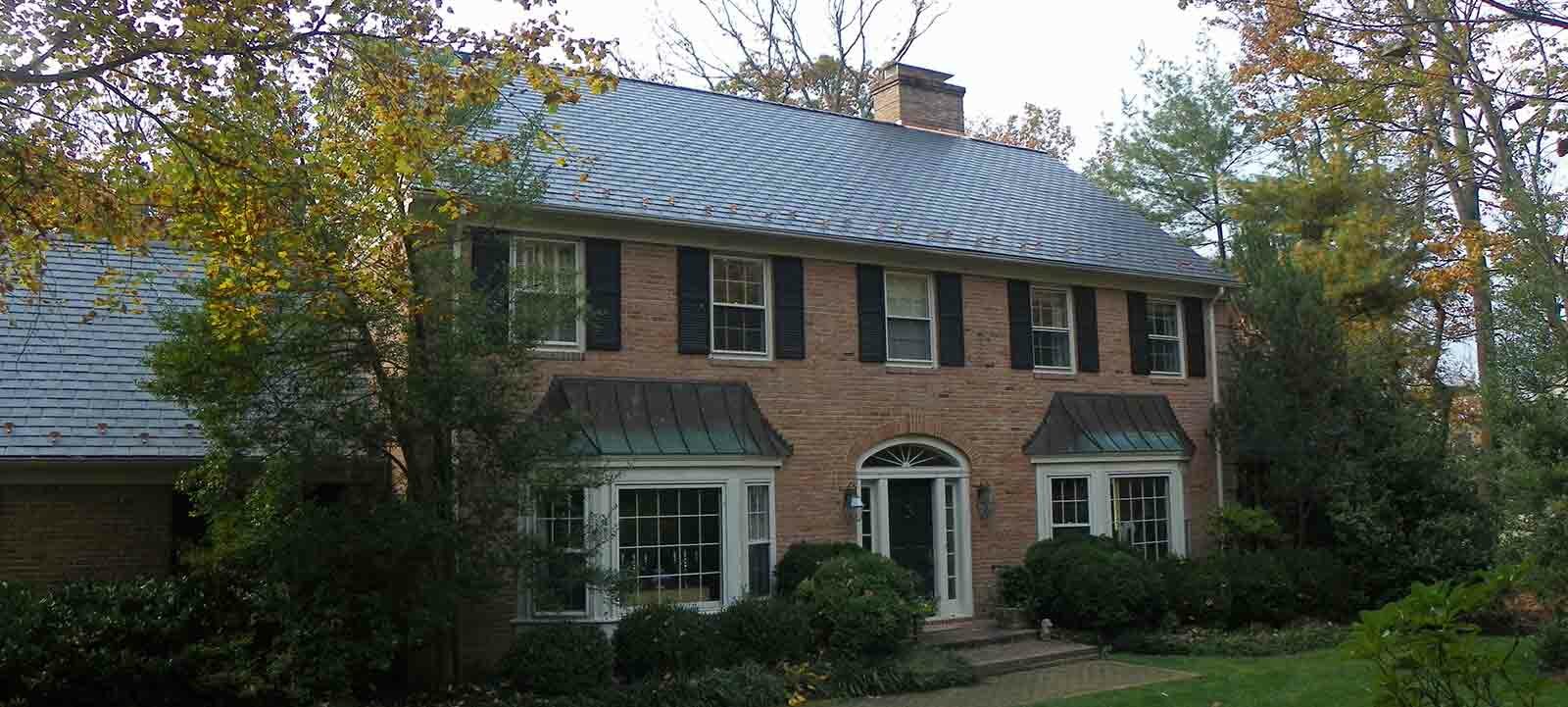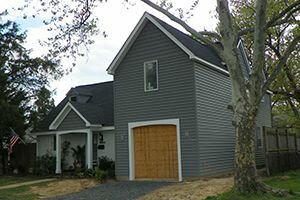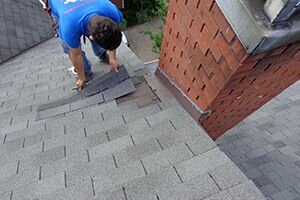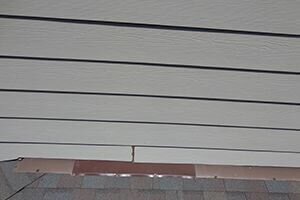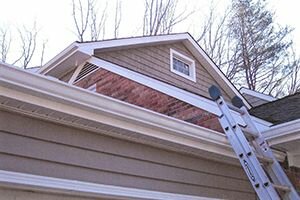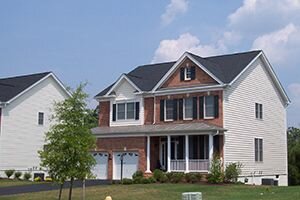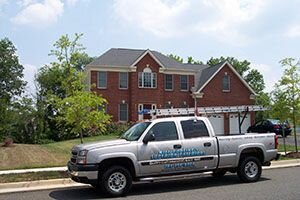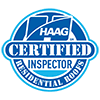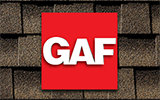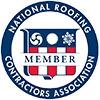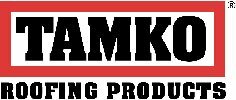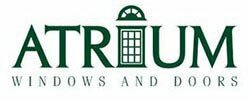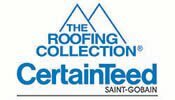It’s best that you’re knowledgeable about the process and requirements of your home improvement projects. So, it pays to be well-informed about … Read More »
Hill Roofing Corporation: the Northern Virginia Roofing Company You Can Trust
Regardless of its age, your roof can suffer from numerous issues over time. The good news is, there are many roofing services that are specifically designed to reinforce your system and preserve its function. By investing in proactive roofing projects, you’re allowing your roof to properly protect your home or business, as well as everyone underneath it. To give your system every advantage it needs to look and function at its best, you will need the help of a professional roofing contractor in Manassas, VA, such as Hill Roofing Corporation.
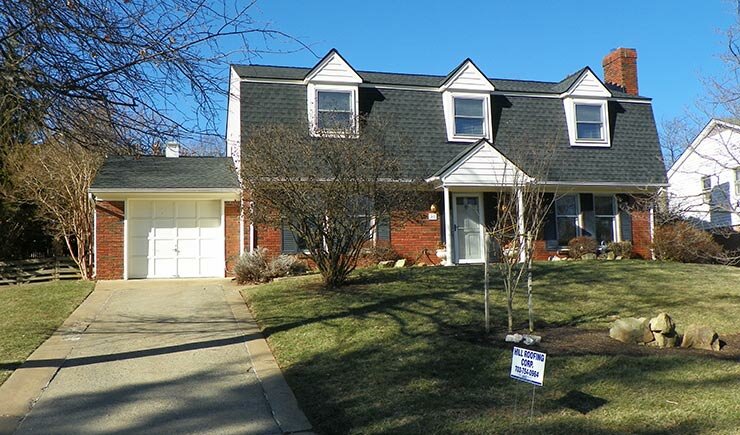
Since 1980, our team has provided top-quality roofing and other home improvement services across Northern Virginia. With our vast experience, you can rest easy knowing we are familiar with the unique climate and weather patterns in the region. We stand ready to provide you with the highest quality of services to meet all your needs.
We are Your One-Stop Shop for Exterior Home Improvement
Here at Hill Roofing Corporation, we have highly skilled specialists who are ready to perform superior-quality services for both residential and commercial structures. They are well-experienced in providing various services for your roof, including:
- Roof Installation
- Roof Replacement
- Roof Repair
- Roof Inspections
- Storm Damage
Besides working as a professional roofing contractor in Manassas, VA, we are skilled at performing other exterior upgrades, including siding installation and repair, as well as gutter installation and repair.
No matter which home improvement work you require, we want you to know that the job will be done with utmost professionalism and to your highest standards. What sets us apart from other local contractors is the fact that we prioritize quality work, honesty, and integrity above anything else. We don’t try to sell you a roof or other product for the sake of making a sale—we value your satisfaction and we don’t stop until you’re happy with the outcome.
Our Professional Credentials
Being in the business for nearly 40 years, Hill Roofing Corporation knows how important it is for residents that their contractor have the qualifications and credentials necessary to take proper care of their home. As for our company, we are GAF Certified, Angie’s List Super Service Awardee for five consecutive years, and carry an A+ rating with the BBB Family Owned and Operated.
Schedule a Consultation Today
Whether you need a roofing, gutter, or siding contractor in Manassas, VA, we’ve got you covered. Call our expert team today at (703) 754-0964 or submit a request form. Our bilingual Spanish speaking team will get in touch with you immediately.


